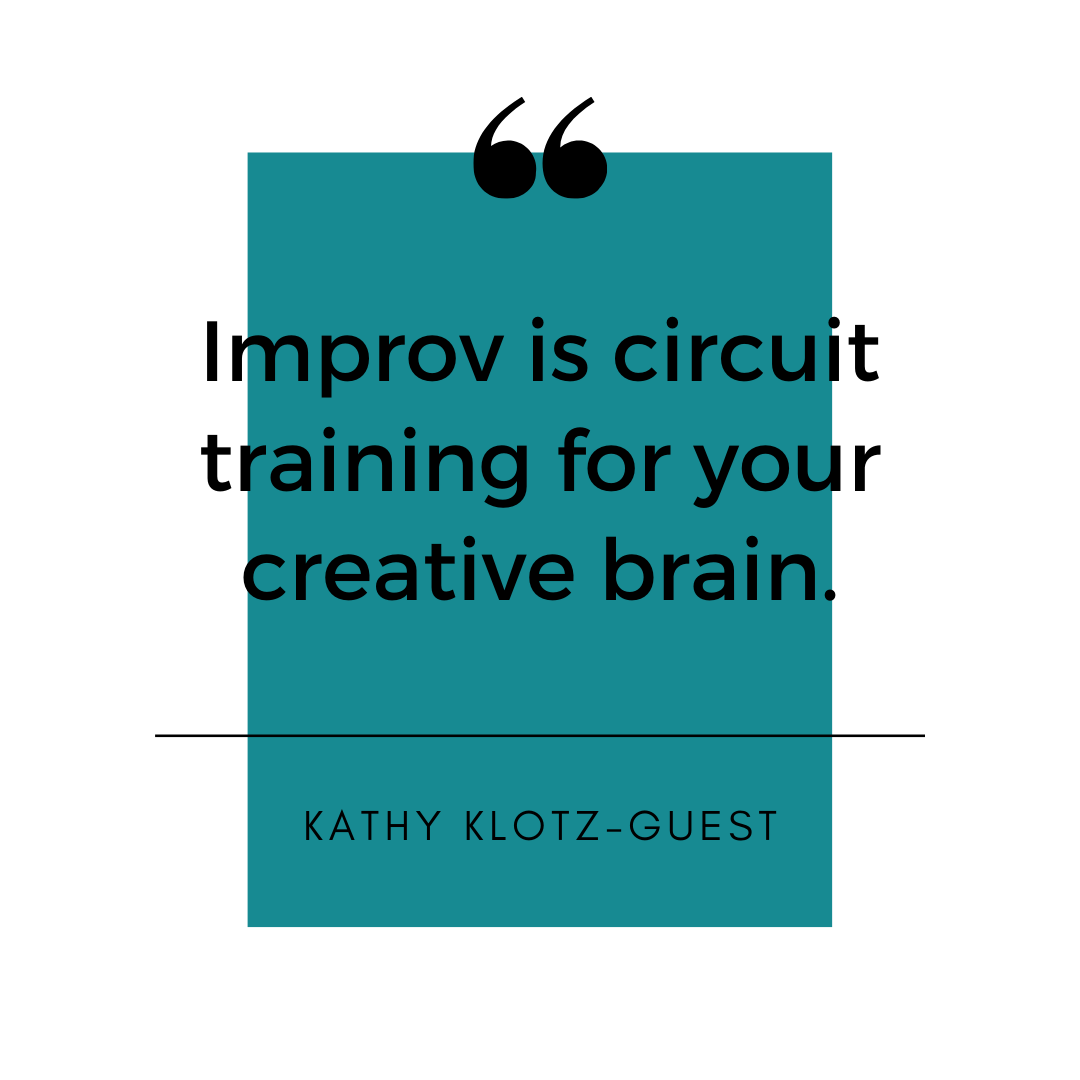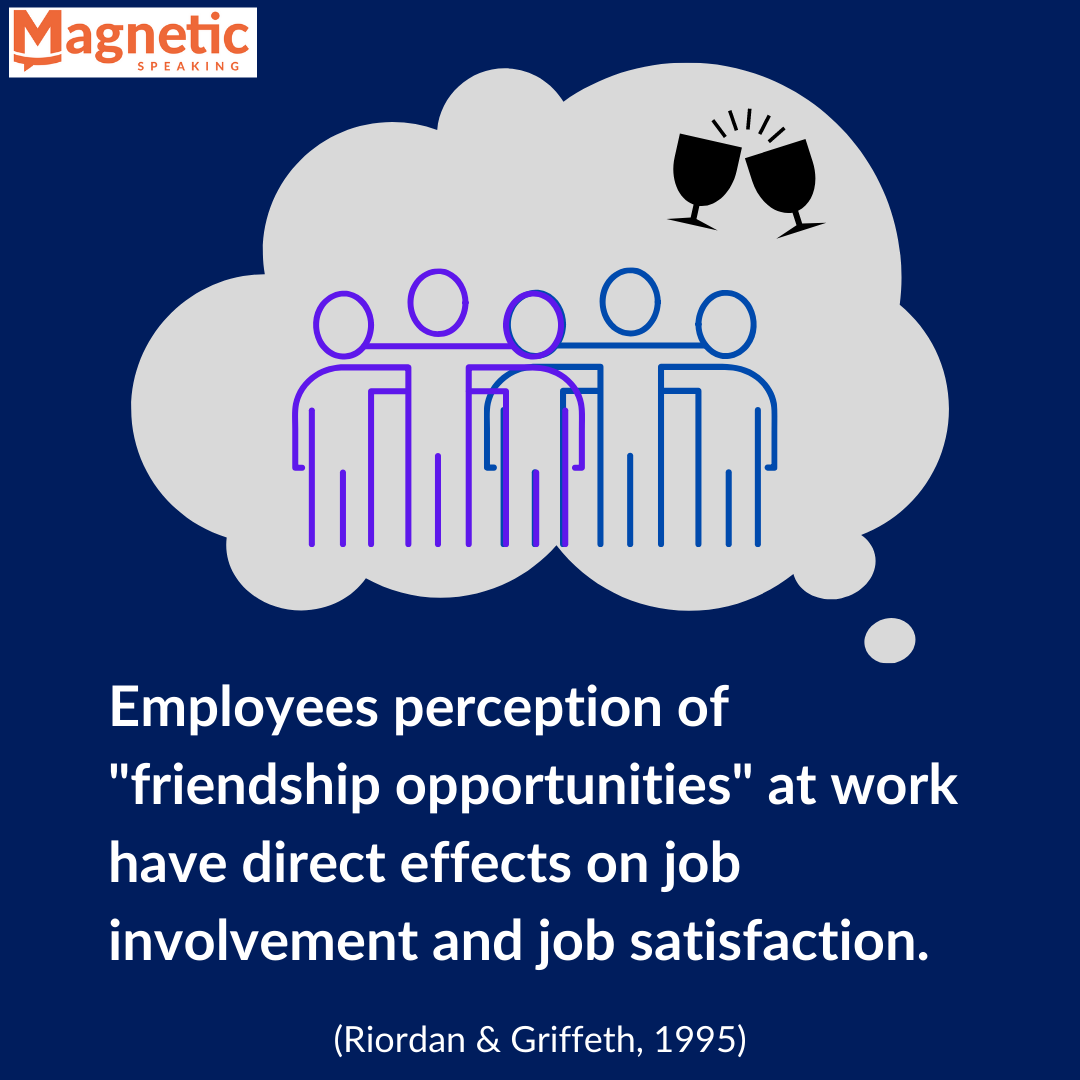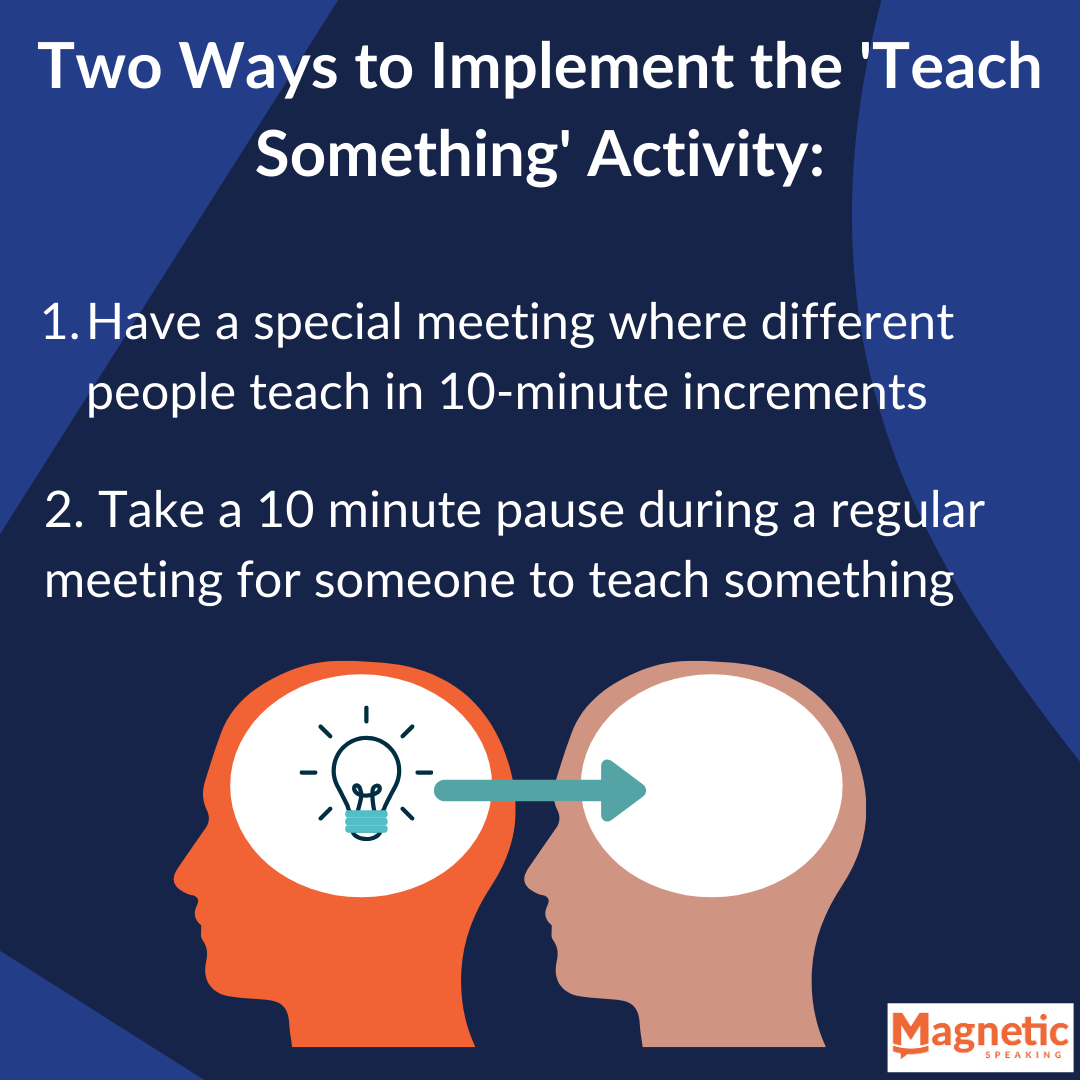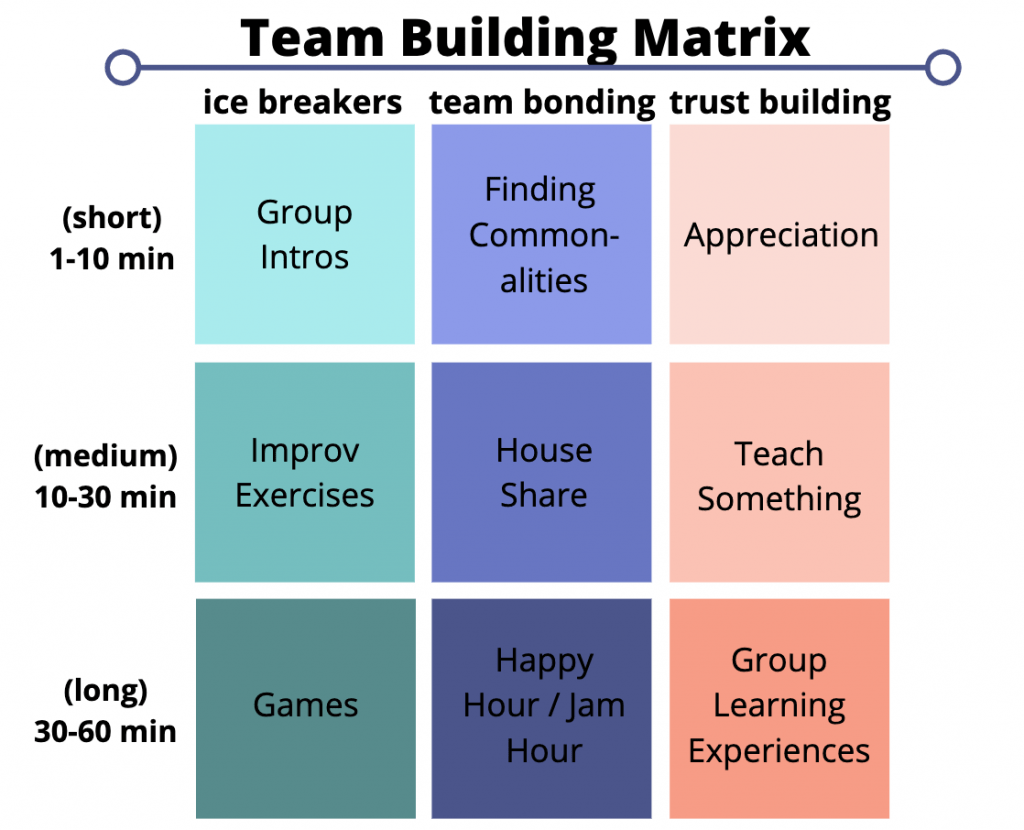In this article, I’ll go over 9 virtual team building activities for your remote team. When done properly, team building can boost creativity, communication, innovation, and trust. When team building is part of company culture, employees are more engaged which impacts the bottom line. Team building is not a one-size-fits-all model so I’ve broken it down into 3 different categories: ice breakers, team bonding and trust building.
Within each category, you can find short, medium and longer options so you can opt for the perfect activity for any situation.
- Ice breakers are great to get the group warmed up and comfortable.
- Team bonding is about cultivating a sense of belonging in the team and will help the group get to know each other on a deeper level.
- Trust building is important so that people feel safe to openly share their ideas and have a sense that the team has their back.
Ice Breakers

Intros (1-10 minutes)
The first ice breaker is quick group introductions. Plan for this to take around 1 to 10 minutes. You can prompt team members to talk about a recent experience, book, movie or other non-business related interests.
For more inspiration for a prompt, check out TableTopics online – which will generate random questions that you can use to start your meetings.
This will get people warmed up to the virtual environment and get them in a more relaxed and open headspace. It’s also a great way to get people’s minds off of work for a bit. Over time and by including a variety of questions, people will start to learn more about their colleagues.
Improv (10-30 minutes)

The second ice breaker category is improv games. These get the group in a playful mood, boost creativity and set the tone for a humble environment where mistakes are welcome. We like to use exercises like Switch and Word Association when holding online meetings and trainings.
Switch is a game about interrupting, speaking up and thinking on your feet. Someone starts the game by talking (about anything) and within about 10 seconds, once someone thinks of something to say based on what the initial person is talking about, they yell “SWITCH” and pivot the conversation.
Word association is a great exercise for mental flexibility and creativity. Someone says a word (e.g., pillow) and calls on the next person to pass the word to. That person says whatever word comes to mind (e.g., blanket), and continue to pass it along. These activities are simple and get people strengthening their impromptu speaking muscles, connected and often, laughing. Playing a game where there is no “right answer” helps creativity, too.
These work well for the virtual environment and could last around 10-20 minutes or so, depending on the size of the group and how many rounds you decide to play.
Games (30-60 minutes)
The third type of ice breaker you can play with the team is games. There are tons of games out there like trivia, chips and guac, or heads up. Check out an app called ‘Houseparty’ that offers a more informal setting with tons of virtual games like the ones referenced above.
Games are a wonderful way to really get the team loosened up and comfortable with one another. You could start your meeting with a shorter game, or carve out more time if you’re working with a new team, cross-functional teams or just looking to mix it up.
Team Bonding

Now think back on times you felt really close to a group. I bet that not only did you have fun together, but you had a sense of belonging with them. Belonging is core to our psychology, and you can foster it in your team by doing activities that bond the team together.
Find Commonalities (1-10 minutes)
If you’ve ever traveled by yourself in a foreign country, you know the sense of adventure and novelty is amazing. But you also know that homesickness is a real thing. At some point, you miss what’s familiar.
That’s why, when you meet someone from the same country or city as you, you light up! The commonality is comforting and you feel like you know each other already.
You can use this sense of commonality to create bonding with your teams as well. It’s one of the quickest ways that teams can feel like they’re part of the same group.
In a team meeting, split the team up into pairs and give them some time to discover these commonalities together.
At first, they may talk about general “trivia” aspects of their lives (single or married, kids, where they grew up, where they live). After that, they’ll start diving into deeper aspects of their personality (hobbies, quirks, pet peeves, challenges, accomplishments). You can help facilitate this by throwing a few questions out there if they get stuck.
If everyone can leave feeling like they share something meaningful with at least one person in the room, the bonds in the team become that much stronger.

House Share (10-30 minutes)
There’s a reason why MTV’s Cribs is so popular. We’re all nosey! We love getting an inside glimpse into someone else’s life.
Of course, your team members may not have Will Smith’s house, but a room or house tour can be a fun way to learn about each other.
Each person can walk around their room (or house if they’re comfortable) and point out things that are important to them. Photos, pieces of art, or instruments give everyone a different perspective of someone they thought they knew already.
If you want to take it a step further, you can have everyone introduce their partners or housemates or bring their pets into the call. It’s a chance for each person to invite the team into their life that much more.
Happy Hour or “Jam Hour” (30-60 minutes)
Just recently, our team decided to start doing virtual happy hours (we’re often working remotely). We weren’t sure how it would go, but they’ve ended up being a blast.
One of our team members mentioned that although our team sees each other regularly for meetings and projects, doing the happy hour reminded her of how important it is to set time to connect socially (especially for remote teams).
The benefit to being in an office are those random coffee break chats or lunches together. It’s hard to overstate how much that helps create a relaxed and socially-rich atmosphere.
In fact, research on workplace relationships showed that employees’ perception of “friendship opportunities” at work have direct effects on both job involvement and job satisfaction.

But being remote doesn’t mean that those connections have to suffer. Have everyone bring their beverage of choice and chat in an unstructured way.
If you’d like to schedule something during the day instead of a happy hour, try a “Jam Hour.” We all have focused work we need to do, but it’s easy to get distracted. With the Jam hour, have each person declare what they’ll be working on for that next hour and set a timer for no distractions. At the end of the hour, you can check in on how it’s going and take a quick break, and can keep going if you’d like. It’s a time to be in the trenches together and come out the other side.
Whether it’s finding commonalities or doing happy hours, remember that team bonding is the invisible glue holding everything together. We’re more likely to go out of our way to help each other when we feel that belonging, and we stick around when things get tough.
Trust Building Activities

In an ever-evolving virtual world, trust between team members is more crucial than ever before. With distance, lack of personal contact, and abbreviated email messaging, trust becomes the lubricant of business interactions. Without trust, you will second guess people’s intentions and spend valuable time protecting your back instead of doing the work. That’s why Stephen Covey said, “low trust causes friction.”

If you want your team to execute faster and better, then foster trust between the team members. Below are trust-building activities you can do with your virtual team. You can spend as little as a few minutes to hours depending on time constraints and the need for trust building in your group.
Appreciation (1-10 minutes)
One of the fastest ways to build trust in teams is public appreciation. People are always wondering what others are thinking of them, and if you publicly appreciate them, then you release them of that thinking. This creates space for trust to build between the two of you. Imagine doing it with the whole team.
A simple way to implement this is to recognize some team members during your next virtual meeting. You can pick one, two or everyone in your team and go around and share what you appreciate about them.

In my experience, I find it easier to acknowledge and appreciate one or two people per meeting. Of course, you have to be authentic; otherwise, the appreciation will have the opposite effect.
Teach something (10-30 minutes)
People trust authority figures. Who do you trust more when it comes to your medical issue: A high school friend or a specialized doctor? The doctor, of course.
If you want your team members to trust each other, then create an activity where they get to teach each other something to showcase their knowledge. For example, the project manager can teach about resource allocation, the product manager can teach about personal development, and The UX designer can teach about the latest UX/UI trends.
When the project manager learns something from the UX designer, then the project manager will respect and trust the UX designer more.

We found that both methods work, and what you choose to do depends on time constraints and team culture.
Immersive Group Learning Experiences (30 – 60 minutes)
The best way to build trust in your team is to put them through a challenging training together (that’s what the Navy Seals do in Hell’s Week). Once the team members know that others will get their back even during a challenge, then the trust will grow exponentially.
I am not talking about an obstacle course here, even though it could work. I am talking about an emotionally challenging training like conflict management, public speaking, personality assessment, etc. This training will force participants to be vulnerable in front of each other. That act of taking a risk and being vulnerable in front of the team will make the team trust each other more.
We see this trust building phenomenon in all our public speaking trainings. Teams come to us to learn public speaking and end up better speakers and better team members because of the increased trust as a side benefit to the training.
Whether you have just a few minutes, or want to allocate an hour to a team building activity, try some of these and build a sense of belonging, trust and fun into your remote team culture.




